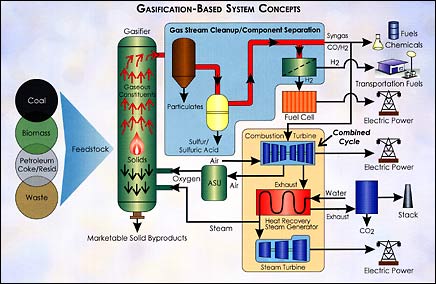One of the themes that
is becoming increasingly obvious to us at the Better BTU is that there is a
lack of standardization of terminology in our emerging industry. This makes it
difficult to classify different kinds of technology and creates barriers in
communication with each other and the larger audience outside the renewable
energy field.
A prime example of this
involves the term ‘gasification.’ Merriam-Webster defines gasification as “a conversion into gas; especially: conversion of coal into natural gas.”
This overly simplistic
definition by the dictionary leaves plenty of questions. Under this definition,
you can argue that the fire pit you have in your backyard is a gasifier simply
because the solid wood is converted into a gas as a result of being burned. Of
course, because this isn’t an environmentally sound process, most in our
industry today wouldn’t acknowledge your homemade gasifier.
Because it does fall
under the broad definition, however, you will find all manner of
waste-to-energy projects claiming the coveted gasifier status. A quick google
search on gasification will bring up projects using fluidized bed boilers,
plasma gasifiers and partial-oxidation gasifiers.
While some would
classify all these projects under the broad spectrum of gasifiers and organize
them along a line of stoichiometric combustion, others would insist that
incinerators and fluidized bed boilers don’t belong there. This lack of
definition leads to confusion and makes the unknowledgeable consumer vulnerable
to marketing propoganda.
Vendors using older
technology are re-branding themselves as gasifiers in order to appear current;
and they aren’t wrong. Under the broad definition, they are indeed gasifiers.
However, today’s industry has assigned a fluid and different meaning to the
term intended to relay the idea of a cleaner process that produces
significantly fewer emissions.
Before we can expect the
rest of the world to jump on the clean air bandwagon, we must first clean up
our language. We’ve got to define and categorize our technologies based on
emissions output and not the process used to get there.




